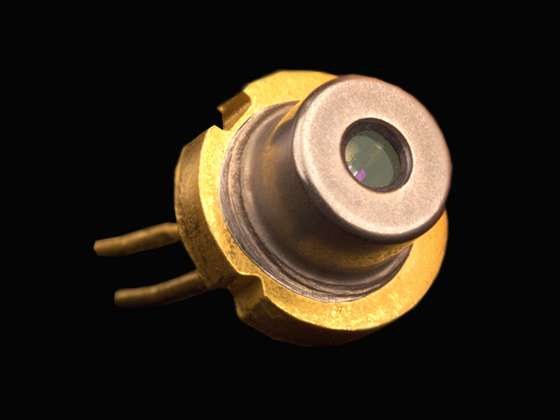You will need
- - Handbook of semiconductor diodes;
- calculator;
- - a sheet of paper;
- - handle.
Instruction
1
Identify the main parameters of the future of the rectifier: output voltage (determined by voltage transformer and rectifier) and developed capacity, which calculate the necessary maximum current of the diodes. To do this, divide the value of the required power value of the current voltage at maximum load. Get the calculated value of maximum current going through the rectifier.
2
Determine how the scheme will produce a rectifier – half-wave (cybertimes), full-wave (half bridge to the midpoint), full-wave full bridge. Each scheme has its advantages and disadvantages.
3
In half-wave (cybertimes) install rectifier single diode, the rectifier requires less space. When calculating the maximum current of the diode, keep in mind that the entire load current flows through it. Passport current value (reference) should not exceed the design value of maximum current by 30%.
4
In full-wave rectifier with midpoint install 2 diodes. In such a rectifier the current flows alternately through both diodes. However, the scheme of the rectifier requires a special transformer with a tap from the middle of the secondary winding.
5
In full-wave rectifier (full bridge) install the 4 diodes. This circuit delivers a current with twice the pulsation frequency, which is then easier to reduce by means of a smoothing condenser or the stabilizer.
6
In all cases, the nameplate voltage of the diodes should be 2 times the maximum output voltage of the rectifier. This headroom voltage do due to the fact that when heated, the breakdown voltage of the diodes decreases.
7
Determine the maximum reference current is applied to your diode, in which he can run without radiator. If your rectifier through the diode will go higher current, install it on the radiator. The size of the radiator define, depending on its design and the material from which it is made.
